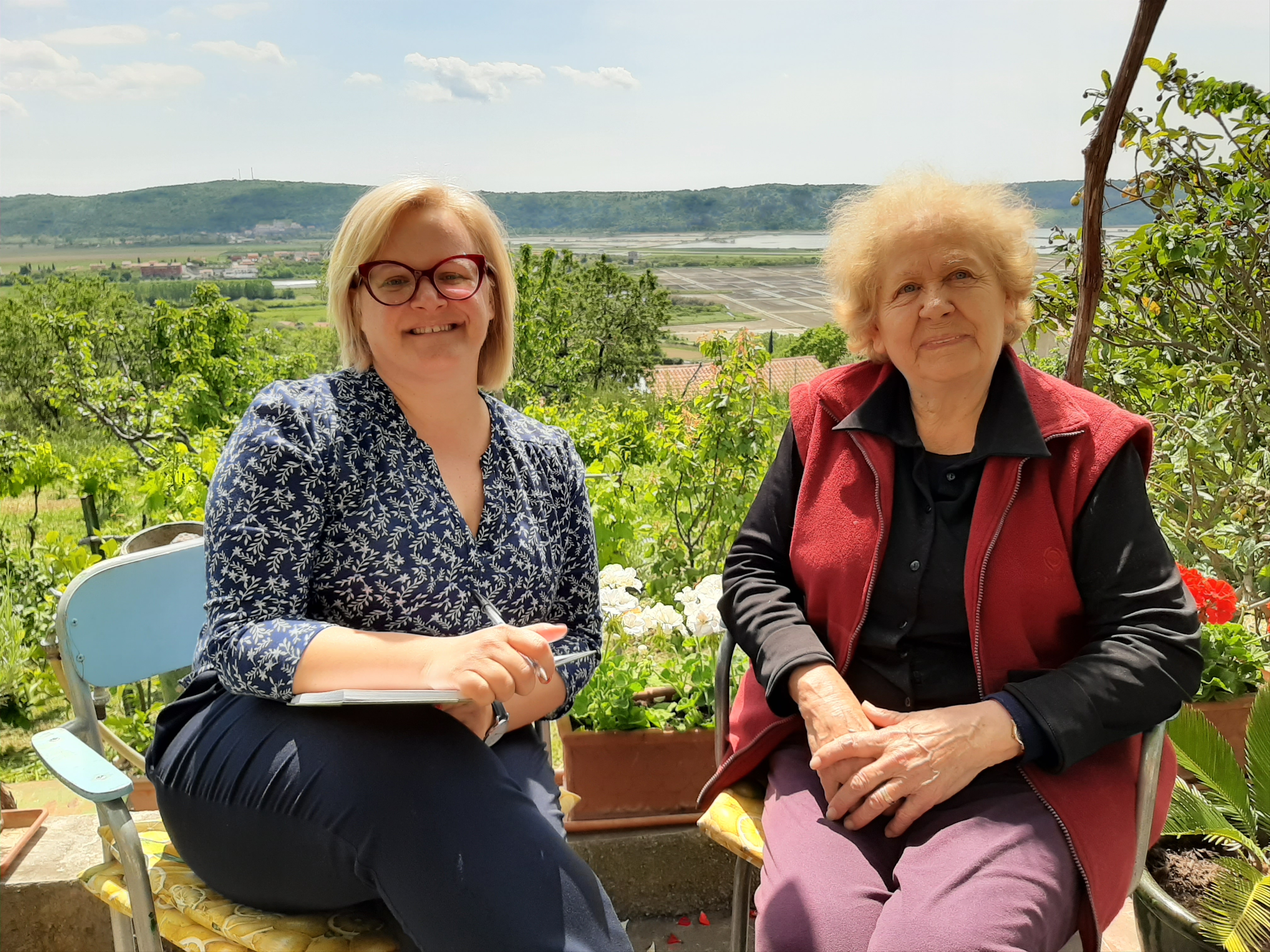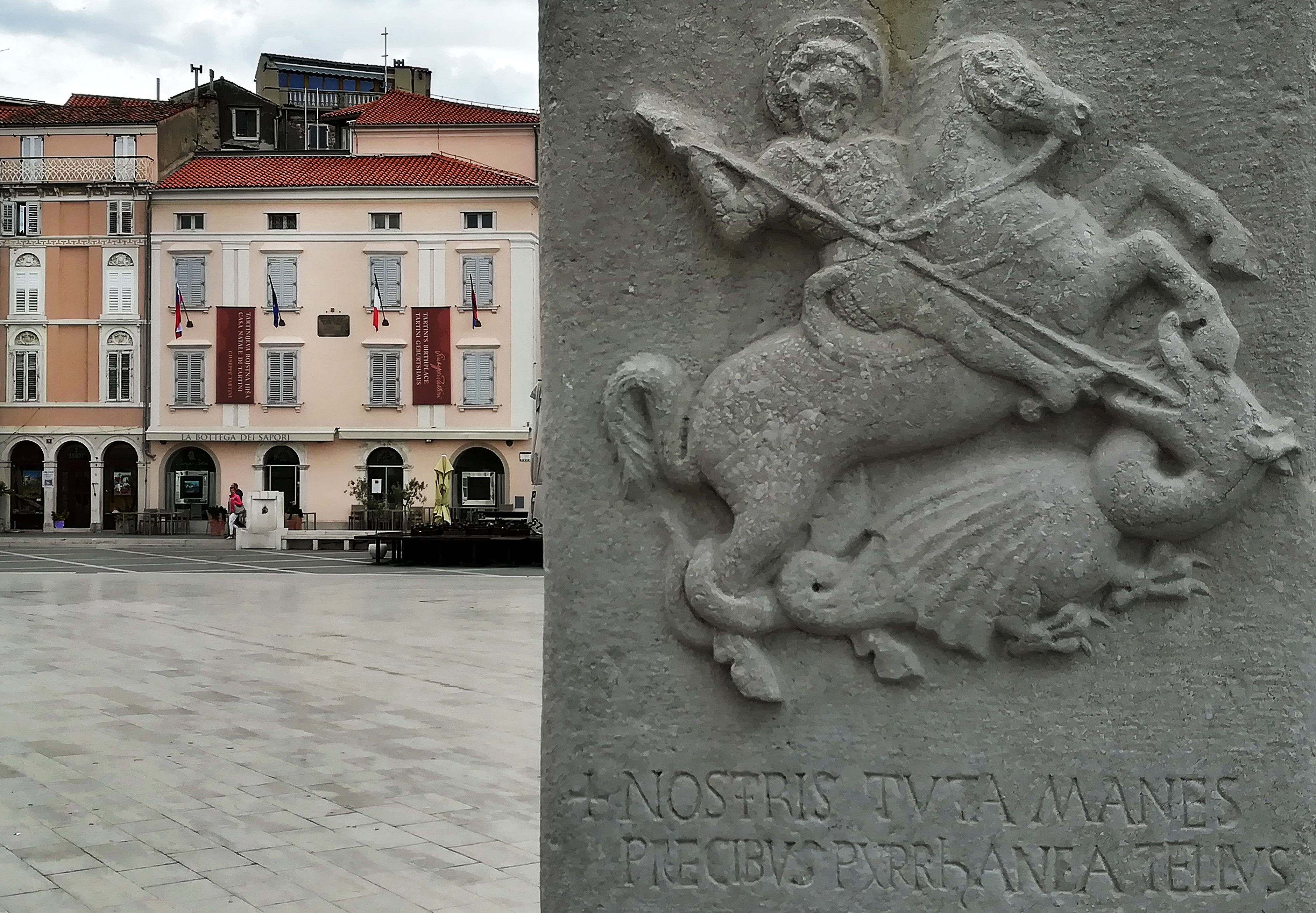Promemoria appuntamenti della settimana 6-12 maggio 2019

Italiani d’Istria / Italijani iz Istre
04/29/2019
Memorie e testimonianze del passato: Gina Vuk e Bianca Zudich
05/07/2019
sdr
Siamo arrivati a maggio, comunemente noto come il mese delle rose e delle spose, e riprendono anche le attività della nostra CI. Mese ricco di appuntamenti ai quali siete gentilmente invitati a partecipare. Si inizia stasera, 6 maggio alle ore 18, dove alla scuola elementare Vincenzo e Diego de Castro avrà luogo l’incontro con il dr. Felice Žiža, deputato al seggio specifico per la Comunità nazionale italiana che sarà a disposizione di tutti coloro che desidereranno porgli domande o parlare di altre tematiche di rilevanza per la CNI.
Mercoledì 8 maggio alle ore 17 alla scuola dell’infanzia “La Coccinella”, sezione di Sicciole, appuntamento per i più piccoli con il laboratorio “L’inventastorie” dedicato ai bambini dai 4 agli 8 anni.
Venerdì 10 maggio alle ore 17, presso la scuola elementare Vincenzo e Diego de Castro di Pirano, riprende di nuovo il corso di informatica di base per la terza età portato avanti dai ragazzi dell’Associazione giovani CNI. Prossimi appuntamenti, il 17 maggio a Lucia nell’ufficio in Strada di Limignano 94/E e il 24 maggio alla scuola elementare Vincenzo e Diego de Castro, sezione di Sicciole.
La giornata di sabato 11 maggio si presenta ricca di appuntamenti. Si inizia già alle 10 di mattina con l’esibizione del gruppo mandolinistico nell’ambito dell’evento dedicato alla salute organizzato dall’ambulatorio di Lucia. Nello stesso giorno, alle ore 18 sul Faro a Pirano, inaugurazione della mostra dei lavori di Josipa Rakitovec e Aurora Birsa che sarà visitabile fino al 29 maggio. Più tardi, alle ore 20, il coro “Giuseppe Tartini” si esibirà a Isola nell’ambito del “Concerto di primavera” su invito della CI “Pasquale Besenghi degli Ughi” di Isola.
Fino a domenica 12 maggio rimane aperta la mostra fotografica “Italiani d’Istria” di Lucia Castelli. La mostra rimane visitabile con orario da lunedì a venerdì dalla ore 10 alle ore 12 e dalle ore 17 alle 19. L’ultimo giorno, domenica 12 alle ore 11, l’autrice sarà presente per accompagnare il pubblico lungo il percorso espositivo della mostra e spiegare come è nata l’idea di realizzare questo progetto. Si richiede di annunciare la propria presenza alla visita guidata per una migliore organizzazione.
